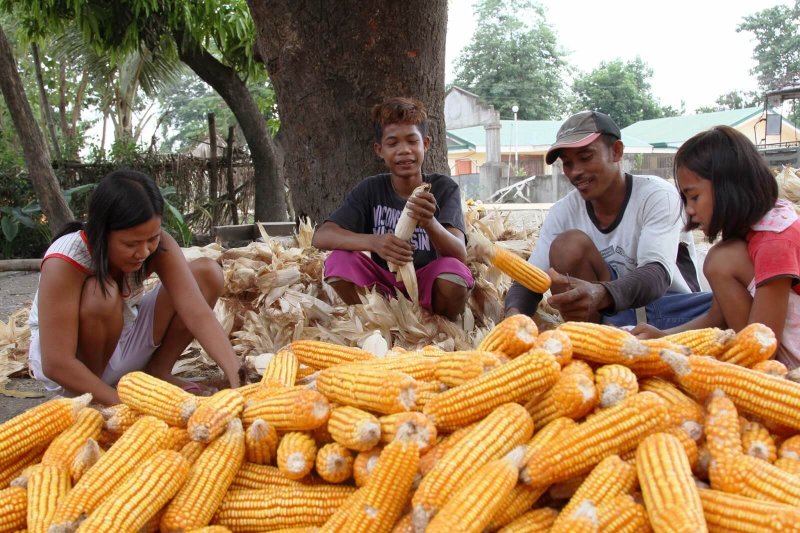Genetically modified yellow corn has increasingly been used in the Philippines since 2002. In just a period of 17 years, the area planted increased to about 835 thousand hectares, increasing by an average of 31.24% per year.
A third of all corn farmers in the Philippines or about 460 thousand families are planting GM corn. Total factor productivity growth in the corn industry of the country was estimated to be 11.45% higher due to GM corn adoption.
All household income deciles gained from the technology. Total welfare gain from adopting GM corn as measured by the equivalent variation of income reached $189.4 million or nearly a tenth of a percent of total household income.
Not only was the gain positive for all household income deciles, it was also inclusive: lower household income deciles benefit from the GM technology more than richer households.































